A blog dedicated to helping Science Fiction authors create and discuss worlds where a realistic setting can still serve the fiction.
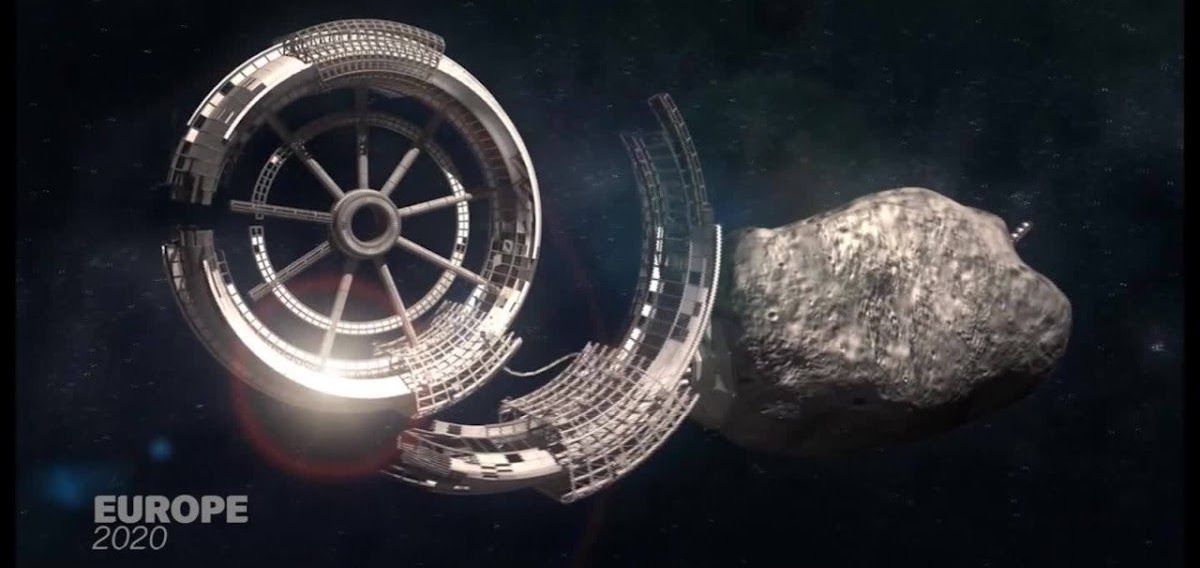

If you feel like having one of your fundamental beliefs thrown out the window, try this on for size — under the right conditions, you can boil water until it freezes solid.
Yep, as the Cody’s Lab video above demonstrates, after a few minutes of boiling, water starts to form solid ice crystals, and is actually cold to the touch. Crazy, right?
So what’s going on here?
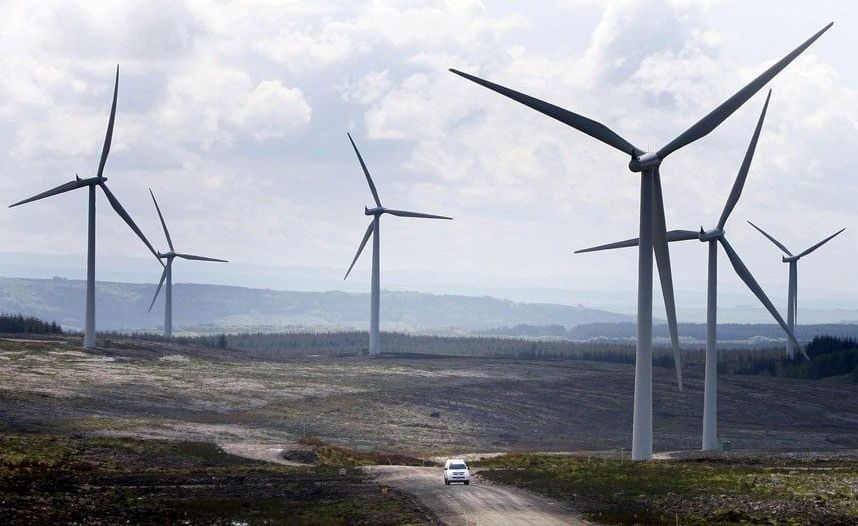
Here, $$$$, turn that thing off, you’re making too much cheap power.
New figures show £53m was given to the wind industry last year to keep turbines switched off to regulate electricity supplied to National Grid.
Since wind farms first started receiving constraint payments five years ago, more than £100 million has been handed over in compensation for switching off. Photo: PA
By Robert Mendick, Chief Reporter
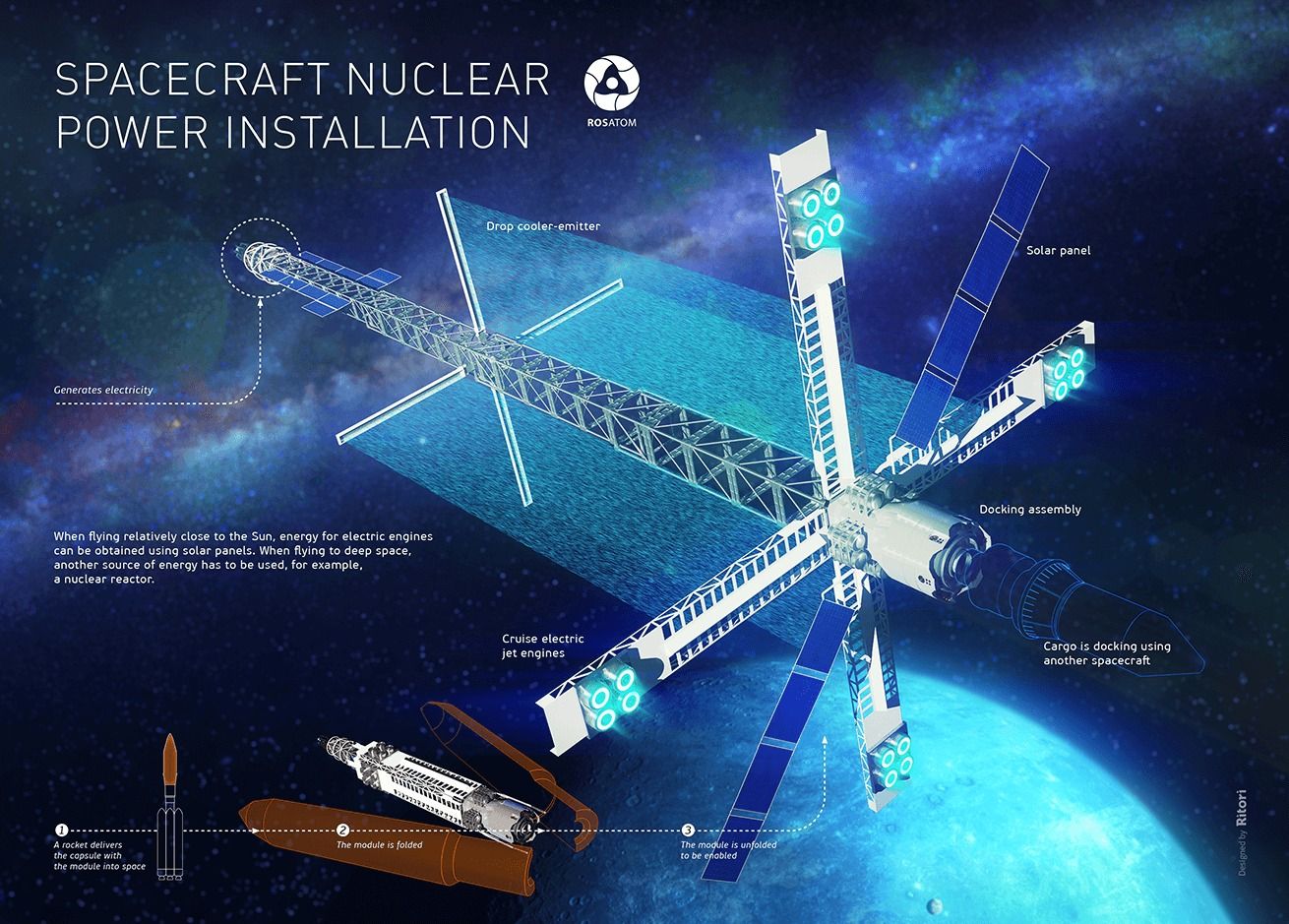
This op-ed originally appeared in the Dec. 12, 2017 of SpaceNews magazine.
America’s space program has long held a special place in the public’s imagination, but NASA missions are limited by budget constraints. NASA must use its funding wisely to implement balanced, cost-efficient programs to develop enabling technologies, such as technologies to power future NASA missions. Speaking as the former project manager of three successful missions — Voyager, Galileo, and Cassini — and the canceled Prometheus-Icy Moons Orbiter, I have a unique perspective to share.
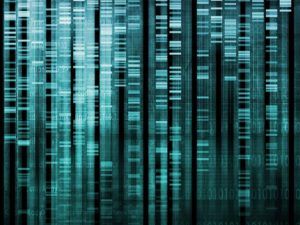
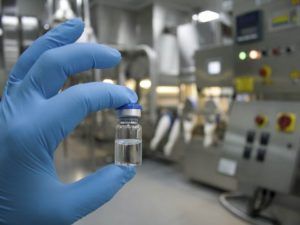
This would be a nice way to get rid of having to use salt on the roads.
Never shovel your driveway again! ❄️ (via CNBC Technology)
Scientists are using X-ray tech to read this sealed document without opening it.

China is not the only country with a nuclear bunker for its top leaders. Governments of major powers built similar bunkers during the cold war era, and while several have since been abandoned or opened to tourists, some are still used for defence purposes.
Scientists shed light on Beijing’s nuclear bunker located in ‘world’s most deeply buried karst caves’.
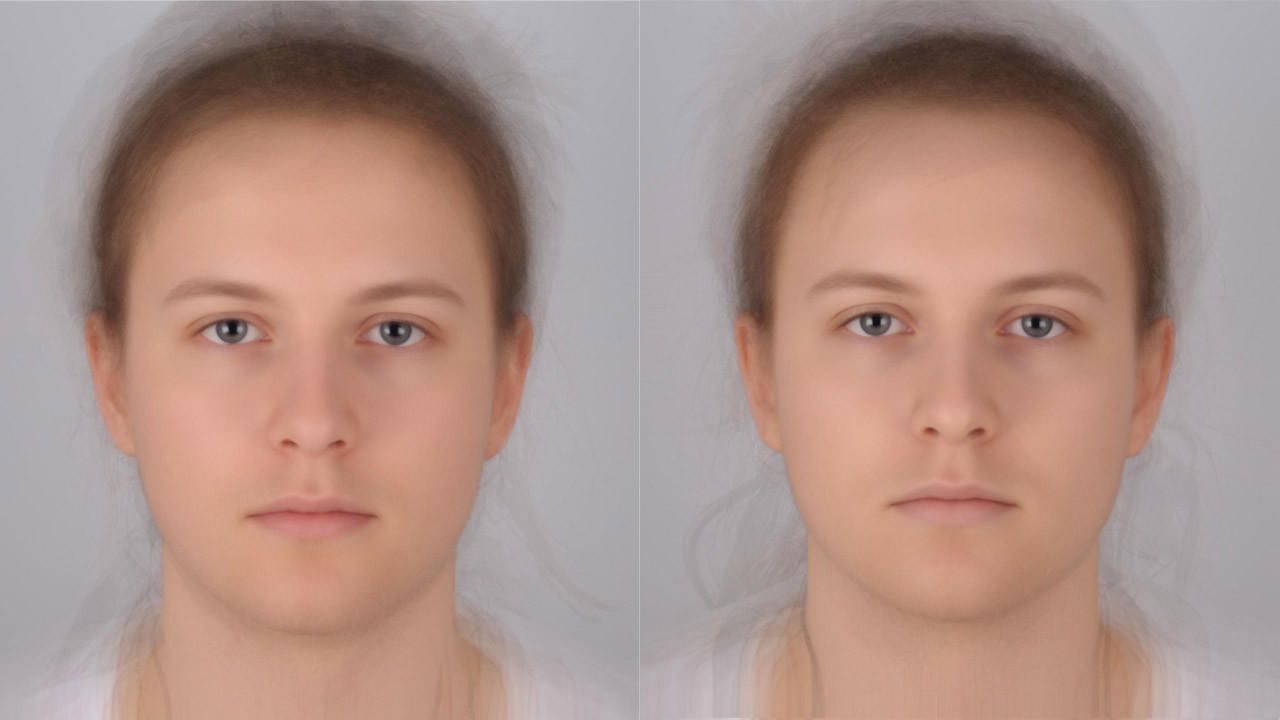
They say you can’t judge a book by its cover, but humans can judge whether another person is sick by looking at a photo for just a few seconds.
That may not sound remarkable — until you consider that the sick people in the photos were in the very early stages of illnesses. They were participants in a scientific experiment and had agreed to be infected with a bacterium that would cause an inflammatory response. Their portraits were taken just two hours after infection.